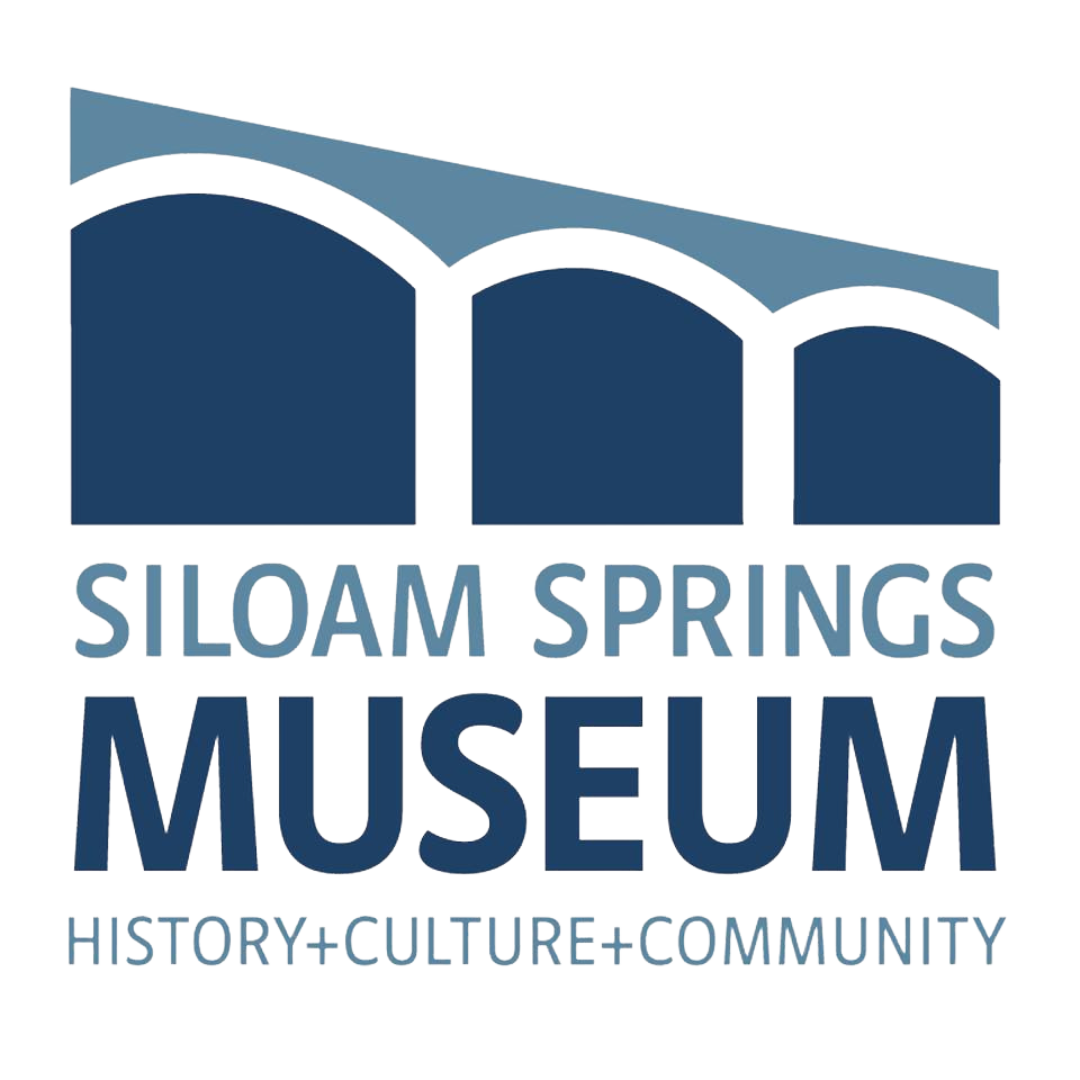Paving University Street, 1926
Originally posted on March 29, 2018
John Hargrove owned a considerable amount of land not far southwest of the settlement of Hico. There were a few springs on his land which fed directly into a creek winding its way through several of his fields. Hargrove had likely watched the success of Eureka Springs, roughly a two day ride to the east. Founded as a resort around a “medicinal” spring in 1879, it had become a boom town successful enough for incorporation as a city in only one year. Dr. H. Perry of the Hico settlement (near the present day Simmons plant in Siloam) had named one of the springs on Hargrove’s land “Siloam Spring”, referencing a healing that took place at the Pool of Siloam in the book of John. Perry claimed that one of his patients had experienced pain relief after drinking from this spring, inspiring its name. Hargrove saw this as an opportunity to build a resort on his own land, much like Eureka Springs. In 1880, he platted his land surrounding the spring into lots and named it “Siloam City.” In just a little over a year, the population of this resort settlement had reached 2,264, enough to incorporate the town as Siloam Springs in 1881.
When the town first began, it was similar to the pioneer towns farther west in several respects, but perhaps most notably in its aesthetic. The town consisted of wide, dirt streets laid out in a grid and centered around a reliable water source. This is clearly seen in the photos below, taken around 1900 and 1908, respectively. The first photo looks south down present day Broadway Street during a parade, while the second looks east on present day University Street. When the photos were taken, Broadway Street was called St. Nicholas Avenue and University Street was called St. John Street. Notice the wide, unpaved streets.
Unpaved streets were common in new towns in the 19th century, but as the 20th century dawned, automobiles began to take the streets rather than pedestrians, horses, and wagons. The photo below shows an unpaved St. Nicholas Avenue dominated by automobile traffic around 1925.
Automobiles tended to get bogged down in muddy streets more easily than pedestrians and horses. Thus, in 1926, city government began to pave all of Siloam’s streets, starting with the downtown area. To start the project, the city built the East Main Street bridge shown below, near Twin Springs Park.
After the East Main bridge was completed, the city set about paving the rest of the downtown area. This week’s featured photo shows crews paving St. John Street (present day University Street) in 1926. Notice the large pulley system on the digger and the controls which require the operator to stand. As you compare this photo with the present day photo, notice the changes on the Youree Hotel building (present day City Barber Shop and The Courtyard Apartments) in the background: a balcony which was removed by the 1940’s and the third story which was removed after a large fire in 1970.
After the downtown streets were paved, they were far easier for cars to navigate, as shown by the 1930's photo below. However, the streets were not as safe for pedestrians.
With their latest downtown construction project, shown below, the city is endeavoring to make Broadway Street both safe for pedestrians and easy for cars to navigate.
Siloam Springs has experienced several periods of growth since the days of John Hargrove. Once the railroad came to town in December of 1893, many industries began to call Siloam Springs home. The founding of John E. Brown College (present day John Brown University) has also helped the town experience consistent growth. The town's population has grown from 2,264 when it was incorporated in 1881 to an estimated 16,448 people in 2016. With this growth in mind, it is important that Siloam's roads meet a standard which benefits an increasing number of both automobiles and pedestrians.
Written by Chuck McClary using information from the Siloam Springs Museum archives and Images of America: Siloam Springs by Don Warden.
Photos provided by the Siloam Springs Museum and its archives.








